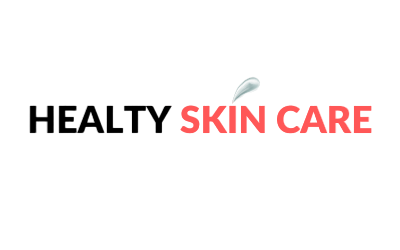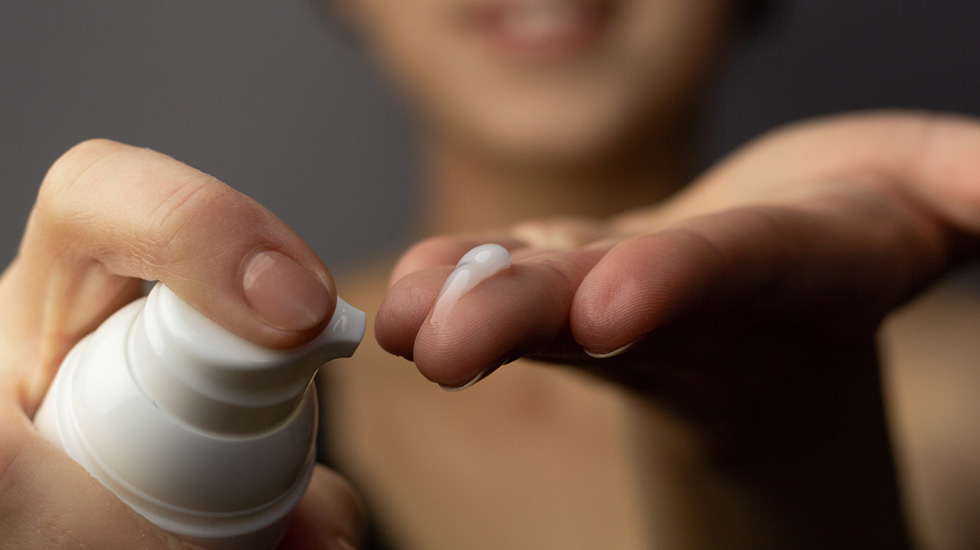Retinoids and Their Role in Skincare
If you’re a beauty enthusiast or just starting on your skincare journey, you’ve likely heard of retinoids. Known as the gold standard in anti-aging, retinoids are hailed for their ability to reduce wrinkles, smooth fine lines, and improve overall skin texture.
But what exactly are retinoids, and how do they fit into a comprehensive skincare routine? This guide will walk you through everything you need to know, from the science behind retinoids to the steps for incorporating them into your daily regimen. By the end, you’ll have a solid understanding of how to harness the power of retinoids for youthful, glowing skin.
The Science Behind Retinoids and How They Combat Wrinkles and Fine Lines
Retinoids are derivatives of vitamin A, a nutrient vital for skin health. When applied topically, retinoids interact with skin cells to accelerate cell turnover, stimulate collagen production, and reduce the appearance of pigmentation. This combination is what makes retinoids so effective in combating wrinkles and fine lines.
The accelerated cell turnover helps shed dead skin cells, revealing fresher, younger-looking skin underneath. Meanwhile, increased collagen production firms the skin, reducing the depth of wrinkles. Over time, consistent use of retinoids leads to a smoother and more even complexion.
Understanding this science helps clarify why retinoids are a must-have in any anti-aging skincare routine. Their multi-faceted approach tackles several skin aging concerns at once, making them a powerful tool in your skincare arsenal.
Understanding the Different Types of Retinoids and Their Strengths
Not all retinoids are created equal. They vary in strength, formulation, and their effects on the skin. Here are the most common types you’ll encounter:
- Retinol – This over-the-counter retinoid is less potent but still highly effective. It’s ideal for beginners and those with sensitive skin.
- Retinaldehyde – Slightly stronger than retinol, retinaldehyde often serves as a middle ground for those looking to step up their retinoid game.
- Adapalene – Available over-the-counter and by prescription, adapalene is known for its acne-fighting abilities as well as its anti-aging benefits.
- Tretinoin – A prescription-strength retinoid that’s significantly more potent than its over-the-counter counterparts. It’s best suited for advanced users looking for more aggressive results.
Choosing the right type of retinoid depends on your skin type, concerns, and tolerance. Starting with a milder retinoid and gradually increasing the strength can help your skin adjust without irritation.
Steps to Incorporating Retinoids into a Comprehensive Skincare Routine
Integrating retinoids into your skincare routine can be a game-changer, but it requires careful planning to maximize benefits and minimize potential side effects.
- Start Slow – Introduce retinoids slowly to allow your skin to adapt. Begin with a lower concentration and use it twice a week, gradually increasing the frequency.
- Apply at Night – Retinoids can make your skin more sensitive to sunlight. Apply them at night and always use sunscreen during the day.
- Use a Pea-Sized Amount – A little goes a long way. Using too much can increase the risk of irritation.
- Moisturize Generously – Retinoids can be drying. Pair them with a good moisturizer to keep your skin hydrated.
- Avoid Combining with Certain Products – Steer clear of combining retinoids with other potent actives like AHAs, BHAs, and vitamin C initially to avoid irritation.
By following these steps, you can effectively incorporate retinoids into your routine while keeping your skin healthy and glowing.
Tips for Beginners on Using Retinoids Effectively and Safely
If you’re new to retinoids, the key is to start slow and listen to your skin. Here are some tips to help you get started:
- Patch Test First – Before applying retinoids to your face, do a patch test on a small area of skin to check for any adverse reactions.
- Be Patient – It’s common to experience some initial redness and peeling. This is a sign that the retinoid is working, but if it persists, consider reducing the frequency of use.
- Hydrate and Protect – Use a gentle, hydrating cleanser and a rich moisturizer to combat dryness. Always apply sunscreen during the day to protect your skin from UV damage.
Starting with these beginner-friendly tips can set you on the path to reaping the full benefits of retinoids without overwhelming your skin.
Real-Life Success Stories and Before-After Transformations
Nothing speaks louder than real-life experiences. Many people have transformed their skin with the consistent use of retinoids.
Take Sarah, a 35-year-old marketing executive. She struggled with fine lines and uneven texture. After six months of using a retinol serum, her skin became smoother, and her fine lines visibly reduced. She couldn’t be happier with her newfound confidence.
Or consider John, who battled deep wrinkles and sun damage. With the help of prescription tretinoin and a supportive skincare routine, he achieved a significant reduction in wrinkles and a more even skin tone over the course of a year.
These success stories highlight the potential of retinoids to deliver real, noticeable results when used consistently and correctly.
A Guide to Choosing the Right Retinoid Products for Various Skin Types
Selecting the appropriate retinoid product is crucial for achieving optimal results. Here’s a quick guide based on different skin types:
- Sensitive Skin – Opt for mild retinoids like retinol or encapsulated retinoids, which are gentler on the skin. Brands like La Roche-Posay and Olay offer excellent options.
- Oily/Acne-Prone Skin – Adapalene is a great choice as it targets both acne and signs of aging. Differin Gel is a popular over-the-counter option.
- Dry Skin – Look for retinoid products formulated with hydrating ingredients. Neutrogena’s retinol products often contain hyaluronic acid to boost moisture levels.
- Mature Skin – For more advanced anti-aging benefits, prescription-strength tretinoin might be necessary. Consult with a dermatologist to find the right concentration.
By matching your retinoid to your skin type, you can ensure a more effective and comfortable skincare experience.
FAQs on Retinoids and Anti-Aging Skincare
Here are some frequently asked questions to help you better understand retinoids and their role in anti-aging:
How long does it take to see results with retinoids?
Results can vary, but most people start to see improvements in their skin texture and fine lines within 6 to 12 weeks. Patience is key, as consistent use is required to achieve long-term benefits.
Can I use retinoids if I have sensitive skin?
Yes, but it’s essential to start with a lower concentration and gradually build up as your skin adjusts. Always pair with a good moisturizer and be cautious about combining with other active ingredients.
Are retinoids safe to use during pregnancy?
Retinoids are generally not recommended during pregnancy. Always consult with your healthcare provider before using any new skincare products while pregnant.
Conclusion
Incorporating retinoids into your skincare routine can be a game-changer in the fight against wrinkles and fine lines. By understanding the science behind retinoids, choosing the right type for your skin, and following a careful introduction process, you can unlock their full potential for youthful, glowing skin.
Consistency and patience are crucial. The results won’t appear overnight, but with regular use, you’ll see significant improvements in your skin’s texture and appearance.
Ready to start your retinoid journey? Share your experiences and questions in the comments below. And don’t forget to consult one of our skincare experts if you need personalized advice. Here’s to radiant, ageless skin!





